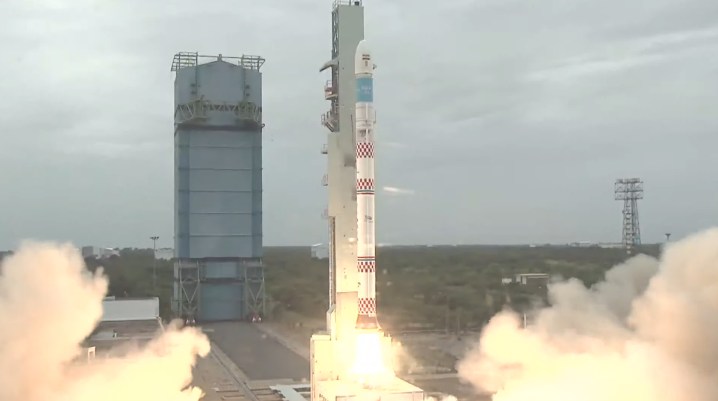Last summer, the Indian space agency ISRO launched a new type of rocket, the Small Satellite Launch Vehicle or SSLV. While the rocket launched as planned, it wasn’t able to deploy the satellites it carried into orbit correctly and all of the payloads were lost. Now, the ISRO has announced it knows the cause of the failure and is working on corrections to prevent similar failures in the future.

The first SSLV was launched on August 7, 2022, carrying two satellites — one Earth observation satellite and one CubeSat full of payloads built by schoolchildren. The rocket launched from Sriharikota, India, and had aimed to deliver the satellites into orbit 220 miles above the Earth’s surface. But when the payloads were released they were injected into an unstable, highly elliptical orbit, which meant that they fell back to Earth and burned up in the atmosphere.
In a recent report highlighted by space.com, ISRO said that the incorrect injection was due to a “vibration disturbance” which lead to problems in the navigation system. During the launch the rocket experienced high levels of vibration within its equipment bay deck, saturating the six accelerometers designed to monitor vibrations. This meant that the accelerometers gave off incorrect readings, which lead to wrong information going to the navigation system.
The ISRO says that the problem was the vibrations that the rocket experienced in the deck where the satellites were located during second-stage separation. These vibrations “exceeded the expectations and ground tests levels both in low and high frequency as well as in time duration.”
To prevent the problem recurring in future launches, the ISRO says it will use a newer system for second-stage separation which should cause fewer vibrations, and that it will be adjusting the logic on the accelerometers.
The next flight of the SSLV is scheduled for the first quarter of this year when the agency will try once more to launch several payloads including Earth observation satellite EOS-07 and two further co-passenger satellites.



